Personal But Fact: A PlayStation Top 5 in Art Direction
Last Updated on March 1, 2024
Art is so important in video games. See if you agree with this Top 5 PlayStation art direction examples…
Style stands out. Sometimes embarrassingly so. See your teenage years. But get it right and you have aesthetic, design and sophistication. See no album cover, ever.
Video games have it though. Amongst the dreariness of every generation are standout moments, or even a whole series of aesthetic champions, which can be problematic. For instance, I am about to present a personal PlayStation Top 5 and am immediately faced with having to pull apart three Final Fantasy’s or else take the series on that machine as a whole, which would help given the scale of the PlayStation 1 library. But no; no retreat and no surrender. Five personal choices of stellar art direction and a few honourable mentions to kick us off.
WipEout for a start. Psygnosis’ future aesthetic came clipping into view with club-cool in 1995. Coming later in the machines’ lifespan was Kronos Digital Entertainment’s Fear Effect (2000). A technical novelty which gave us interactive anime before Jet Set Radio took the prize away later that year. Back four years to 1996 and Bizarre Creations Formula 1 nailed not just realism of gameplay, but the dullery of its presentation too. Less concerned with accuracy but with high marks for design was Squaresoft’s 2000 adventure RPG, Vagrant Story. More to come from them.
Meanwhile, to get us off the mark in our top 5 PlayStation examples of sublime art direction…
5. Resident Evil 2: Capcom,1998

Tough to ignore the impact of this game right across brand PlayStation. I never thought the moment-to-moment gameplay was all that hot, but taken as a whole it was a pop masterpiece with art direction that leapt from the pages of magazines. You could not make this game look bad.
Pre-rendered and polygonal to exacting measures, Resident Evil 2’s mannequins shuffled about those rendered locations with stinky feet in both Hollywood and game logic.
A recently ruined Racoon City, a marble and wood stain Police Station, some sewers and a final descent into an underworld laboratory. Capcom drew it with a clarity that was always absorbing but never got in the way. You couldn’t know what was around the next corner, and much like the archaic controls, this was used to the developer’s advantage for tension.

Characters Leon and Claire are drawn just so and both became instant cannon. Mystery woman Ada was another. The Tyrant started here too.
Like a perfect pop album, Resident Evil 2 was just hit after hit of design and confidence. With zombies.
4. Ridge Racer Type 4: Namco, 1998

Continuing the pop-hit making, Namco’s thoroughbred arcade racer was fully fleshed out for the home with this triumphant victory lap of a racer. Ice white of teeth and lacquered yellow everywhere else, Ridge Racer Type 4 was bright from the case on in. They even made the menus pleasant to navigate, keeping those yellows everywhere.

But Namco never lost sight of getting you onto the track, where the colours were set just so. Dusky, transient skylines over winding urban highways, longing mountain bends set to sweep, and every known PlayStation effect thrown in and turned to ambient. This was a very fast game to play, but it was very cool with how it presented it to you, starting with the best scene-setting FMV of the era before keeping the upbeat coming in all corners of design.
Go go go, Ridge Racer…!
3. Xenogears: Squaresoft, 1998

The first of my could-have-been No. 1 entries, this was a U.S. import for me and just one of the high-church RPGs that Squaresoft fired off with machine gun regularity for the PlayStation. You can take your pick from any of them for aesthetics, and Xenogears isn’t even my number one, but the fact is that nobody presented like Squaresoft did at the time.

Xenogears was at the technical end of their style. No pre-rendered backgrounds here, just smooth isometric 3-D environs with occasional licks of narrative anime. It was enough for me to fork out import prices to play it, and that was worth it because Squaresoft was in the mood to flex and somehow draw to life almost pre-rendered levels of detail in real-time. Verdant villages, rolling sandscapes, robo-battling action and none-sweeter looking character sprites and animation.
Grandia had pulled similar tricks out of its hat already for the Saturn, in Japan at least, but Xenogears was even better looking and used the limitations of the tech to project ever more classical designs the further you pressed into its story. As absorbing as it was charming, you couldn’t help but want to go there for your own adventure, and that’s the sort of aesthetic compliment that I usually reserve for Moomins.
All this and still not top of the Squaresoft pile.
2. Metal Gear Solid: Konami, 1998
The best game on PlayStation? Not for me, but you’d be hard pushed to argue against any aspect its of design, much less art direction. A Japanese techno-thriller conceived by a man with Hollywood on the brain. Metal Gear Solid went for it all; broad storytelling tropes and character designs from the highly caffeinated end of a pencil.

You want post-Ghost in the Shell bad guys getting up to weird stuff? You can have it, and all set around a snowy military base brought to life in real-time for an extraordinary presentation. Gun metal blue hues and an almost sterile fascination for details.
You could choose to not like it, but you couldn’t doubt the superiority and attention to staging. It is the reason why it is here and right next to the top, and also why I used to enjoy watching my brother taking a U.S. import game to task night after night, even with an imported Japanese Dreamcast sat next to the PlayStation. Also a terrible game for making you fancy a cigarette, but that is by-the-by for our purposes, which is coming to a close with that most inevitable extravagance of sublime PSX aesthetic.

Squaresoft, come back onto the stage.
1. Final Fantasy VII: Squaresoft, 1997
That introduction… the Shin-Ra Mako tower, Barrett’s bar, that church… my case is made for number one in this PlayStation top 5 art direction examples, and that’s just early into the game, all of it coming with pre-rendering and an almost watercolour wash of filter over the semi-cyberpunk design. A very distinctive vision at work from a team apparently enjoying their technology.

There is a tone at play in the presentation of this game that remains unique. Average scenes containing dozens of small details that tell visual stories of the old life, new industrial world that fills so much of the game. The sort of thing that Tolkien warned us about, but with low-poly anime characters running about all over the place while you waited for the next marvel of cinematic to kick in so you could relax about your HP for a minute.

No other PlayStation game was so rich in aesthetics or told so much of itself through pictures. You can argue with yourself over the quality of its battle system and materia manipulation, but I was there for the art design and the tangible joy of world-building. Also, I was a bit of a cheap ticket for cyberpunk and this had more than occasional Akira motifs. What choice did you have in 1997?
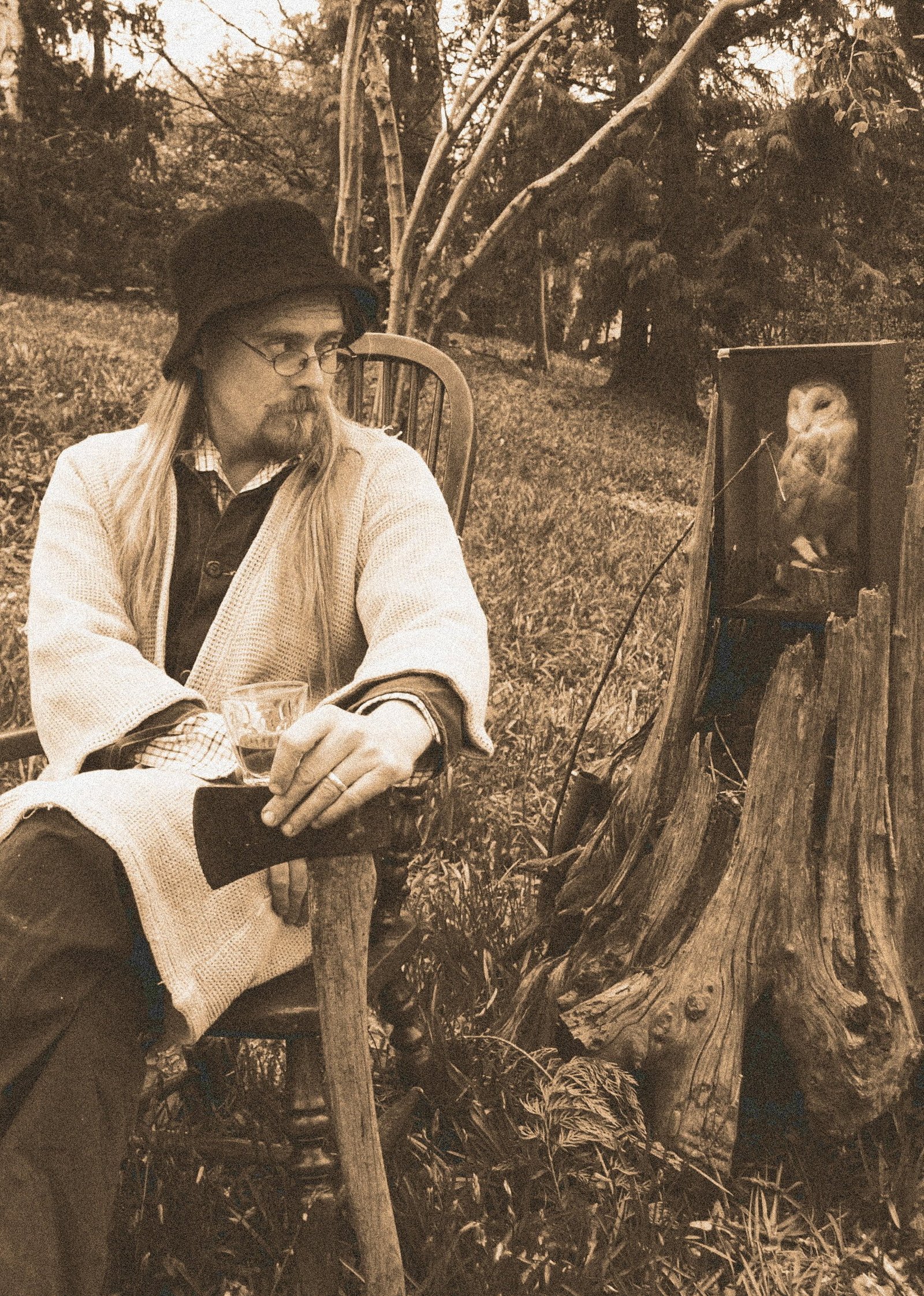
John is a writer and gardener. He comes with various 90’s Sega attachments and is the author of The Meifod Claw and other works. His favorite tree is a copper beech and he would like his coffee black without sugar, thank you.


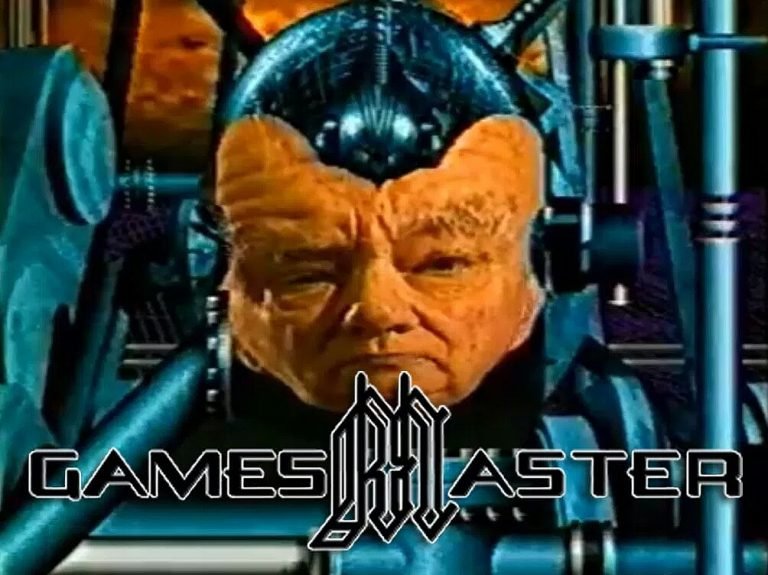
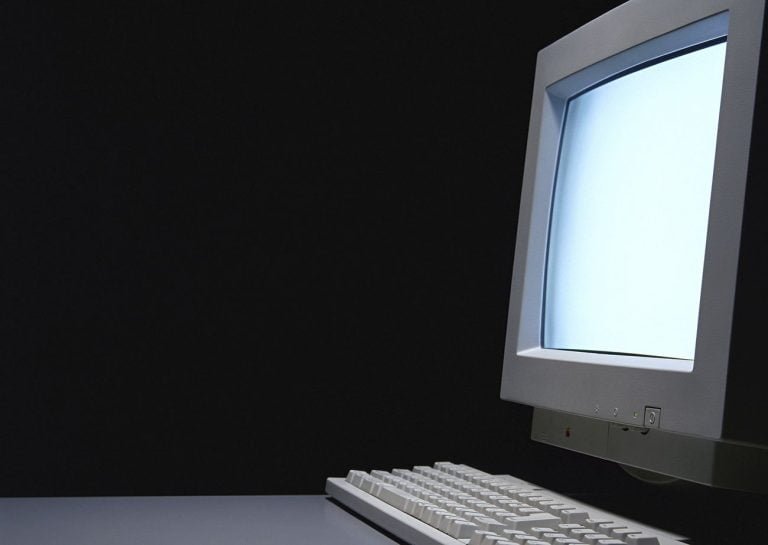
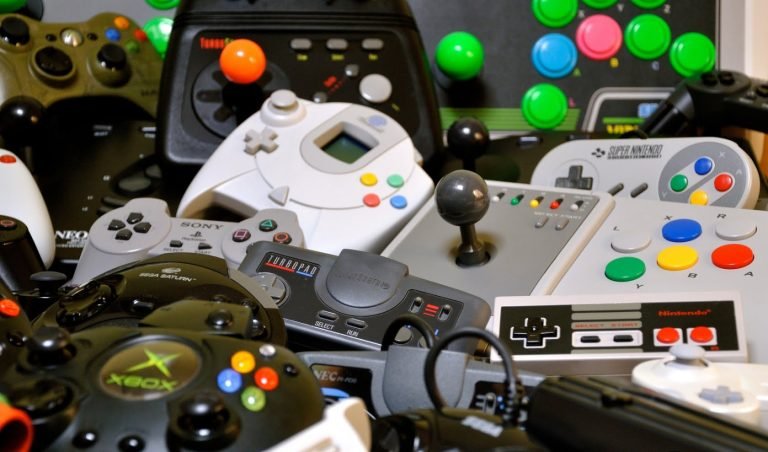
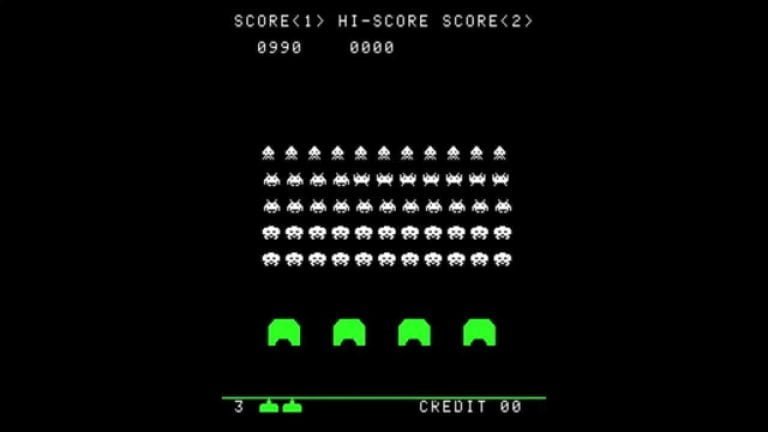
Xenogears is such an incredible experience with beautiful art. I’d love to see a remaster of this one – with a properly finished end game!